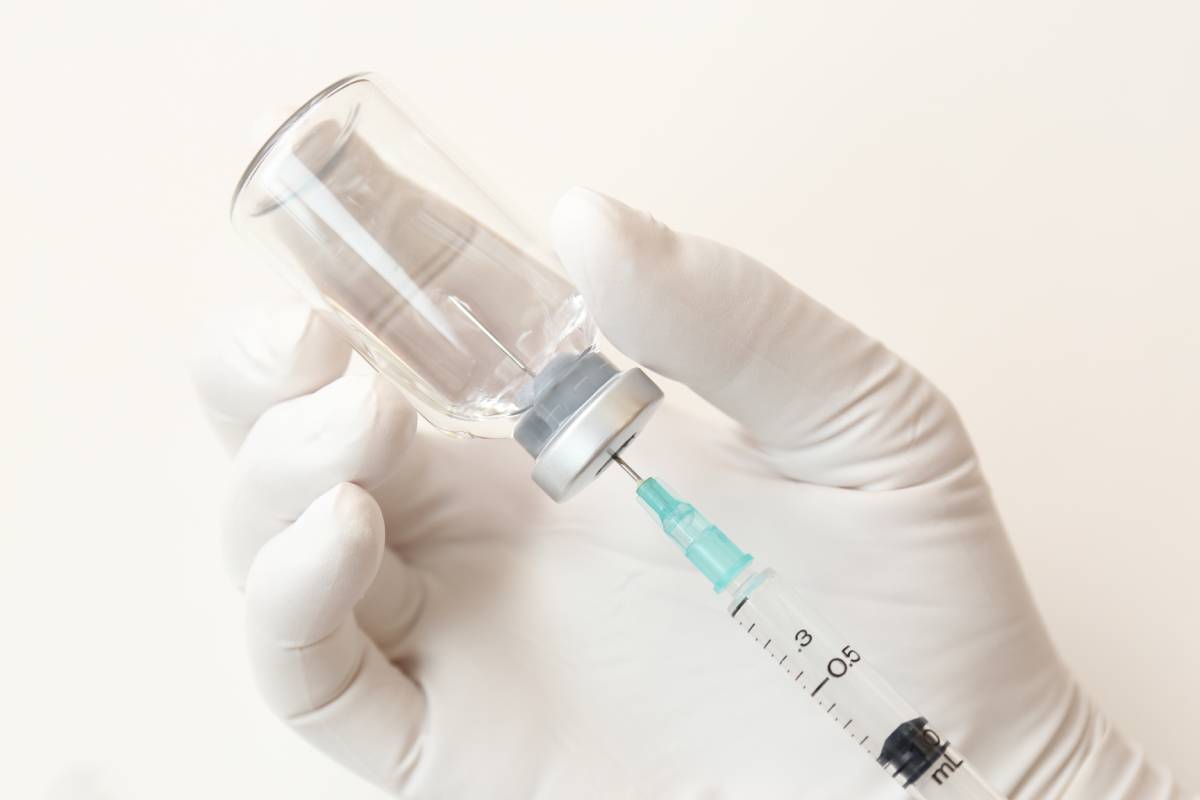
Sugammadex (ORG 25969) is a unique neuromuscular blockade reversal drug. It was the first selective relaxant binding agent, which is a relatively novel class of drugs that reverse neuromuscular blockade (NMB) induced by a specific NMB agent. Sugammadex reverses the aminosteroid non-depolarizing muscle relaxants rocuronium and vecuronium, commonly used during general anesthesia. Currently manufactured by Merck & Co., Inc. under the brand name Bridion, it must be administered according to specific protocols to exert its unique effects.
Sugammadex, named after “Su”, for sugar, and “gammadex”, for the gamma-cyclodextrin molecule inherent to its structure,1 has a unique three-dimensional structure resembling a hollow doughnut.2 On administration, it does not produce any metabolites and is mostly excreted through urine in the same form it was ingested within 24 hours.
The minimal reversal dose of sugammadex is 2 mg/kg (intravenous). It is to be administered as a single intravenous bolus, delivered over less than 10 seconds. As such, the drug is currently only available for intravenous administration, in vials of 200 or 500 mg, to be stored un-refrigerated.
Sugammadex may interfere with the chemotherapeutic drug Toremifene, a selective estrogen receptor modulator; Toremifene may delay the reversal by displacing the formation of the rocuronium-sugammadex complex. Sugammadex may also theoretically bind with contraceptive steroids but has a much lower affinity for steroids compared to aminosteroid NMBs. Additional interactions have also been noted, including with fusidic acid and magnesium.3 However, further investigations are required to probe other possible drug interactions. Sugammadex is contraindicated in individuals who are hypersensitive to it or to any of its excipients.
Sugammadex inactivates rocuronium by encapsulating the free molecule to form a stable molecular complex.4 As a result, robust recovery from neuromuscular blockade has been seen across a broad variety of clinical contexts.5
By reliably and effectively reversing moderate or deep neuromuscular blockade, sugammadex has become a core drug in anesthesia practice. Older methods of reversing rocuronium and other aminosteroid muscle relaxants, such as using neostigmine, are accompanied by several shortcomings.3
A phase 3, multicenter, randomized, blinded clinical study recently demonstrated that patients treated with sugammadex achieved faster recovery of neuromuscular function following rocuronium or vecuronium administration than with neostigmine.6 In addition, sugammadex also avoids side-effects associated with neostigmine, including but not limited to nausea, vomiting, and undesired autonomic adverse effects.7
Despite its benefits, the routine, global use of sugammadex remains limited by economic constraints.8 This said however, it was approved by the Food and Drug Administration (FDA) in 2015, marking a turning point in its clinical use and greatly facilitating its clinical adoption.9
Sugammadex has established itself as a key drug in anesthesia,10 undoubtedly representing a clinical milestone in the safety and quality of anesthetic care. In the meantime, additional research into its implementation and regulatory advances are required for its consistent, regular, global clinical implementation.
References
- Kovac, A. L. Sugammadex: the first selective binding reversal agent for neuromuscular block. Journal of clinical anesthesia (2009). doi:10.1016/j.jclinane.2009.05.002
- Naguib, M. Sugammadex: Another milestone in clinical neuromuscular pharmacology. Anesth. Analg. (2007). doi:10.1213/01.ane.0000244594.63318.fc
- Singh, D. et al. Sugammadex: A revolutionary drug in neuromuscular pharmacology. Anesth. Essays Res. (2013). doi:10.4103/0259-1162.123211
- Bom, A. et al. A novel concept of reversing neuromuscular block: Chemical encapsulation of rocuronium bromide by a cyclodextrin-based synthetic host. Angew. Chemie – Int. Ed. (2002). doi:10.1002/1521-3773(20020118)41:2<265::AID-ANIE265>3.0.CO;2-Q
- Herring, W. J. et al. Sugammadex efficacy for reversal of rocuronium- and vecuronium-induced neuromuscular blockade: A pooled analysis of 26 studies. J. Clin. Anesth. (2017). doi:10.1016/j.jclinane.2017.06.006
- Merck’s BRIDION® (sugammadex) Receives FDA Approval for the Reversal of Neuromuscular Blockade Induced by Rocuronium and Vecuronium in Adults Undergoing Surgery – Merck.com. Available at: https://www.merck.com/news/mercks-bridion-sugammadex-receives-fda-approval-for-the-reversal-of-neuromuscular-blockade-induced-by-rocuronium-and-vecuronium-in-adults-undergoing-surgery/. (Accessed: 17th August 2022)
- Naguib, M. & Magboul, M. M. Adverse effects of neuromuscular blockers and their antagonists. Middle East journal of anesthesiology (1998). doi: 10.2165/00002018-199818020-00002.
- Ledowski, T. et al. Introduction of sugammadex as standard reversal agent: Impact on the incidence of residual neuromuscular blockade and postoperative patient outcome. Indian J. Anaesth. (2013). doi:10.4103/0019-5049.108562
- FDA Approves Bridion (sugammadex) to Reverse Effects of Neuromuscular Blocking Drugs. Available at: https://www.drugs.com/newdrugs/fda-approves-bridion-sugammadex-reverse-neuromuscular-blocking-4316.html. (Accessed: 17th August 2022)
- Tayal, G., Kundra, S. & Grewal, A. Sugammadex – New neuromuscular block reversal. J. Anaesthesiol. Clin. Pharmacol. (2008). doi: 10.4103/0259-1162.123211

